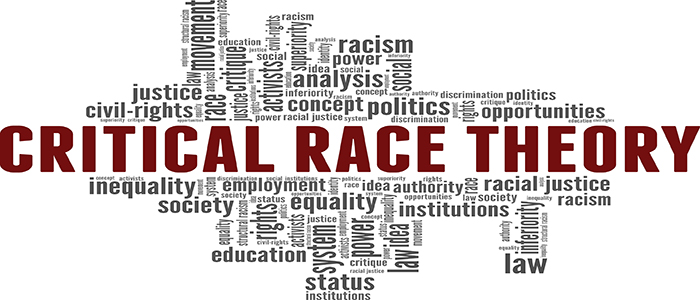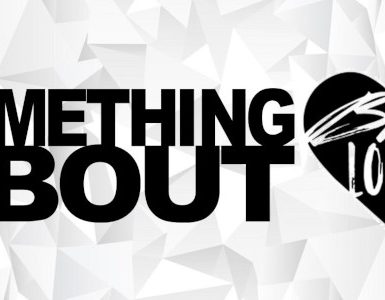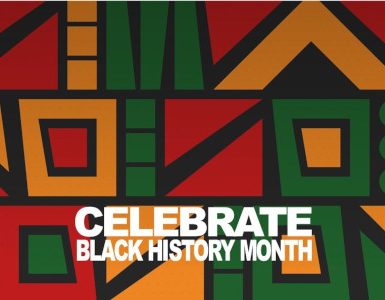Our image of ourselves as defined for us by textbooks and teachers. We not only accepted ourselves as inferior; we accepted the inferiority as inevitable and inescapable.
– Huey P. Newton, Revolutionary Suicide
One of the largest weapons white supremacy used to oppress non-white communities for over four centuries is the public education system. Statistically, Black students, for the same infractions, are more likely to be disciplined than their white peers. According to the US Department of Education’s Office for Civil Rights, Black male students made up 8% of enrolled students yet accounted for 25% of out-of-school suspensions in the 2015-2016 school year. Black children’s criminalization has led to a phenomenon known as the “school to prison pipeline”. With less time in the classroom, Black students are less likely to be on par with their white peers and fall behind in academics. Eventually, students turn away from school altogether and more than likely follow a life of delinquency and crime. However, it is not just disciplinary action that pushes Black students from academia. It is the academia itself.
From Pre-K to high school, children spend at least 40 hours a day in the classroom. School, for many, is their first taste of how society operates. And for many Black students, this is where the harsh reality of racism rears its head. In Marxism, schools are an example of the ideological apparatus. The ideological apparatus is the nonviolent method the state uses to disseminate its ideology to a mass of people. The dominant class usually co-opts this ideology. They guide children through education to develop a worldview synonymous with their own. This may be why Republicans and Democrats alike are pushing to ban the teaching of critical race theory in public schools.
What is Critical Race Theory?
Critical Race Theory is a legal and civil movement of scholars and activists who seek to examine American society and its intersections with racism. It argues that racism has transcended individual action. Rather, the very fabric of society is embedded with racism. Furthermore, the theory asserts that white people, even if are not racist themselves, are implicit and benefit from racism. The theory has five major components: (1) the notion that racism is ordinary and not aberrational; (2) the idea of an interest convergence; (3) the social construction of race; (4) the idea of storytelling and counter-storytelling; and (5) the notion that whites have actually been recipients of civil rights legislation.
The theory not only seeks to dismantle overt acts of racism but disrupt liberal approaches to racism as well. It calls into question the current legal order, the Enlightenment, and constitutional law. By adopting “race-blind” policies, such as affirmative action, white supremacy is absolving itself of accountability and responsibility. Primarily graduate students examine critical race theory. Recently, K-12 educators are fighting with local legislation on whether or not to implement it into their curriculum.
Why Is There A Fight Against It?
Teaching racism’s role in American history as an isolated incident is both damaging and untrue. Republican legislators argue that critical race theory will deepen the racial divide and separate society into a battle of the “oppressed” and “oppressors”. Many white people are uncomfortable with being associated with racism if they do not believe themselves to be racist. It can be jarring to hear that you are perpetuating the same ideals of those who fly Confederate flags, burn crosses, and spew hate speech. Especially when you personally do not subscribe to them.
A major opponent of critical race theory being taught in schools was the Trump administration. Trump argued it created a negative view of America and decreased patriotism amongst young Americans. What Trump, and several politicians, argue is that Black students will be instilled with a “victim mentality”. Instead, they push for a more American-centric curriculum. What they do not understand, however, is that racism is the most American concept in human history.
It is worth noting, many conservatives view white people as susceptible to racism as Black people. I have already expressed my views on this in an earlier post. To summarize, in a system that favors white fragility and supremacy, white people cannot face racial marginalization. Conservatives are not afraid of a deeper racial divide. They are afraid of an overhaul of a racist system.
The Power Of Critical Race Theory Education
As mentioned earlier, education is one of the biggest weapons of white supremacy. Critical race theory seeks to deconstruct education’s power in upholding racism. Banning teaching it in schools is an erasure of non-white American history. More than just what is in the textbooks, the very policies, and practices of public schooling have to be examined. Politicians argue that the strides of the Civil Rights Movement and recent legislation in the past two decades are evidence enough that America is not a racist society. However, as per one of the tenets of critical race theories, one can argue that such legislation would not have been passed if it solely served Black people. Policies, such as affirmative action, create the falsehood that Black people are afforded the same opportunities as their white counterparts. This falsehood fails to include the instances of racism and injustices against Black people at predominantly white institutions.
An education through a critical race theorist lens allows educators and school administrators to explore how they have subconsciously perpetuated their racial bias. Non-white students will continue to be driven out of the opportunities in education if we continue to base our society on a constitution that was created by and for land-owning, white males. Critical race theory seeks to repair society by closely examining the sectors we must improve. To better serve Black students and other non-white, an overhaul in the pedagogy is needed.


















Add comment